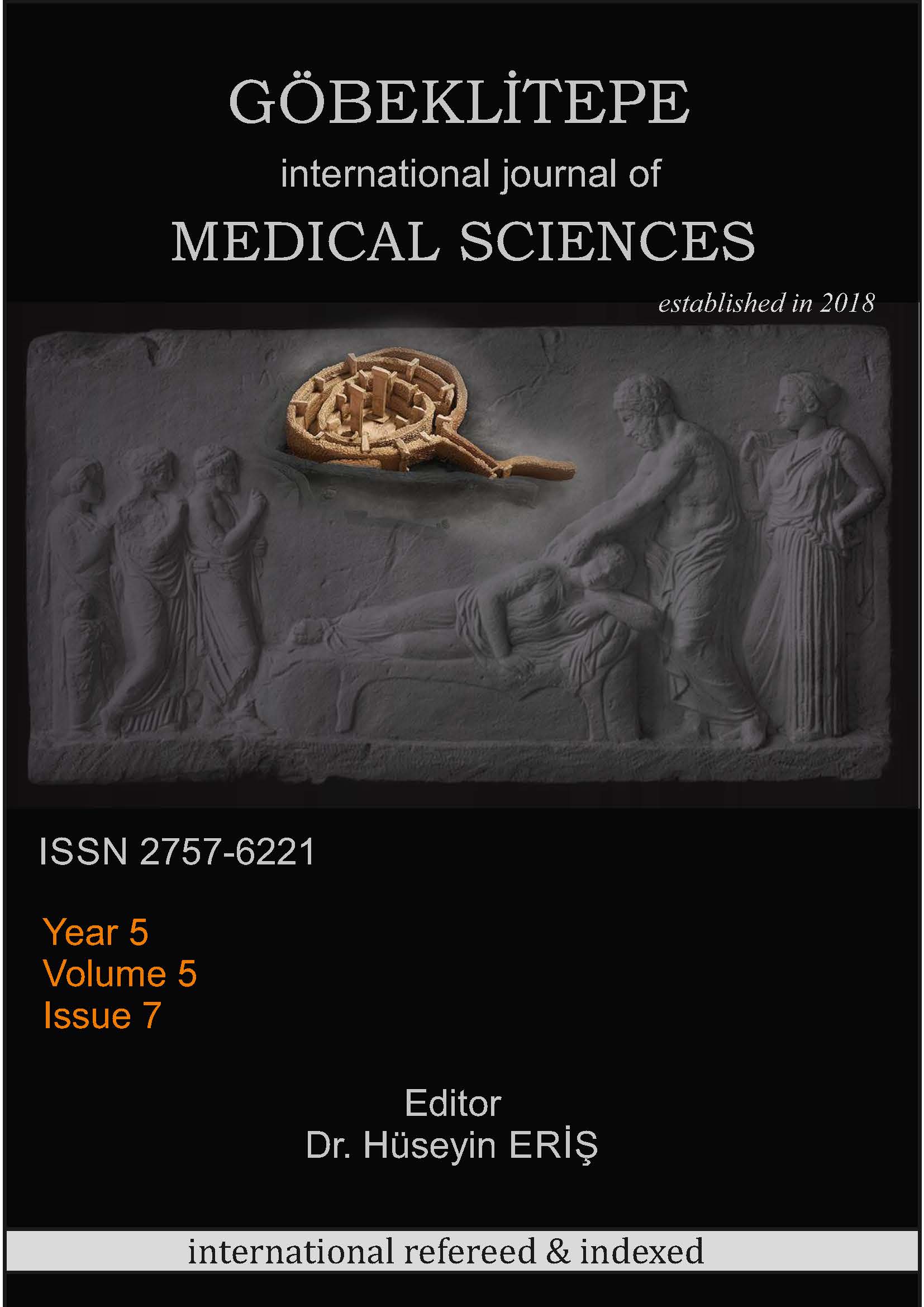RELATIONSHIP BETWEEN EXERCISE BELIEFS, PHYSICAL ACTIVITY LEVEL, AND EXERCISE MOTIVATION IN YOUNG ADULTS
DOI:
https://doi.org/10.55433/gsbd.158Keywords:
Exercise Motivation, Physical Activity Level, Exercise Beliefs, Young AdultAbstract
Although it is known that physical activity has many effects on health, various factors are effective in providing and maintaining activity. The aim of this study was to determine the exercise beliefs of young adults and to investigate the relationship between exercise beliefs, physical activity levels and motivation to participate in physical activity. A total of 551 volunteer participants between the ages of 18-25 were included in the study. The Exercise Beliefs Questionnaire (EBQ) was used to determine the participants' beliefs about exercise, the Physical Activity Index (PAI) to determine their physical activity levels, and the Motivation to Participate in Physical Activity Scale (MPPAS) to determine exercise motivation. The mean age of the participants was 21.13±1.87 years. It was determined that 220 (39.9%) of the participants had exercise habits and 331 (60.1%) did not have exercise habits. It was observed that those who exercised were more positive about the benefits of exercise, while those who did not exercise had more negative attitudes (p= 0.001). PA levels (p=0.001) and motivation levels (p=0.001) were found to be significantly higher in those who had exercise habits. A positive, moderately strong, statistically significant relationship was found between exercise beliefs-benefits subscale and exercise motivation (r=0.513; p<0.01). In order to increase the motivation to participate in regular physical activity in young people, they should be informed about the benefits of exercise and the disadvantages should be eliminated.





